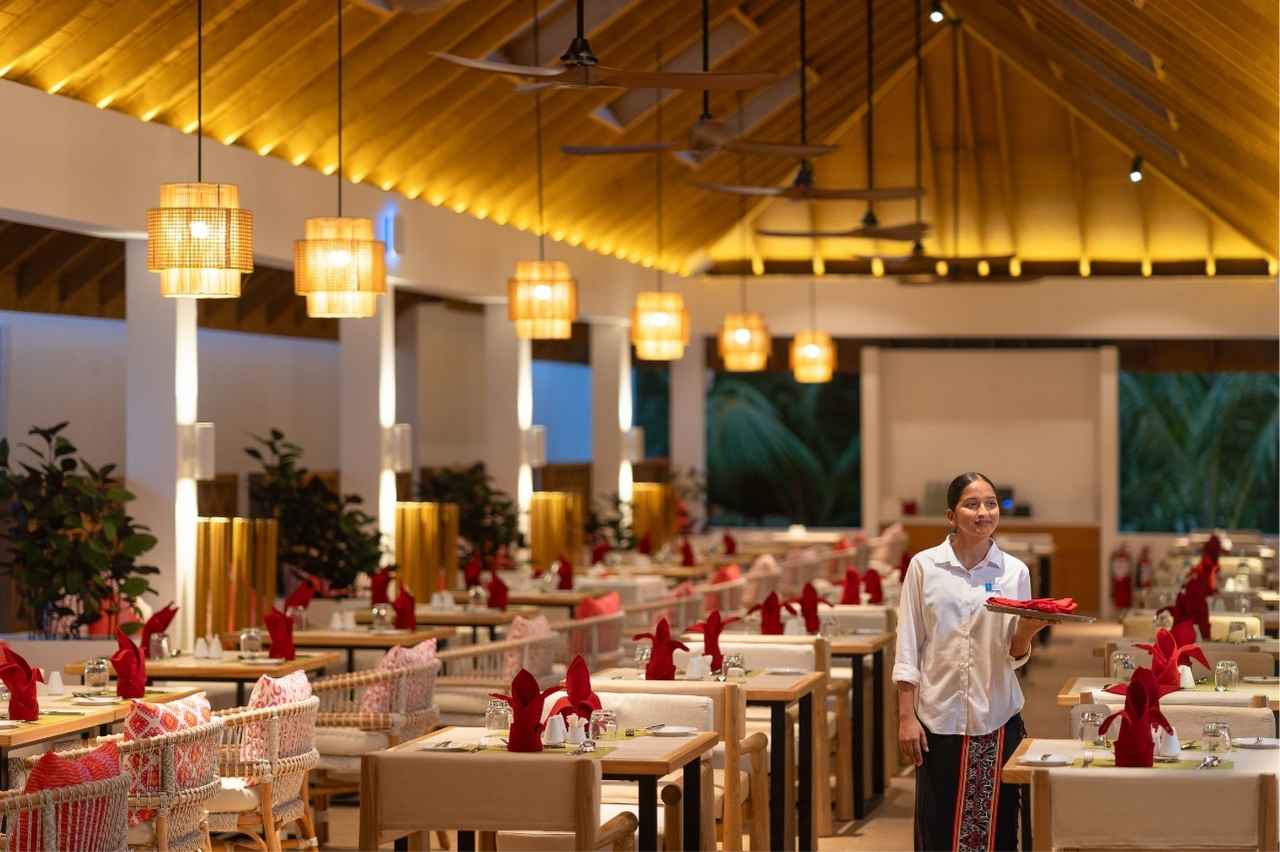October 2024 proved to be a pivotal month for tourism in the Maldives. The destination welcomed 155,389 visitors, marking a 7.7% increase compared to the previous year. On average, the islands saw around 5,550 arrivals each day, with October 27 being the busiest day, when 7,902 individuals arrived for their tropical getaway.
China continued to be the largest source of tourists, contributing 238,606 arrivals this year, which represents 14.5% of total tourist traffic. Russia followed closely, with 181,895 visitors, accounting for 11% of the market share. Additionally, the number of Indian tourists experienced notable growth, rising from 89,943 in September to 99,081 in October—a surge of approximately 10%. This trend indicates the increasing popularity of the Maldives among Indian travelers.
From January to October 2024, the Maldives tourism sector recorded a total of 1,647,416 arrivals. Tourists enjoyed an average stay of 7.7 days, taking full advantage of the islands’ stunning natural beauty and high-quality accommodations. The Maldives offers a range of lodging options, including 181 resorts with 44,607 beds, as well as numerous guesthouses and hotels to suit various preferences and budgets.
Looking ahead, the outlook for Maldives tourism is promising. Emerging markets offer exciting new opportunities for growth. As international travel continues to recover, the Maldives is well-equipped to attract even more visitors. With its breathtaking landscapes, luxurious resorts, and exceptional hospitality, it remains a top choice for travelers searching for an idyllic escape. The increasing demand in Maldives tourism from markets like India will likely strengthen a vibrant and thriving tourism sector in the coming months.
The figures mentioned above are in reference to the Maldives tourism monthly report








